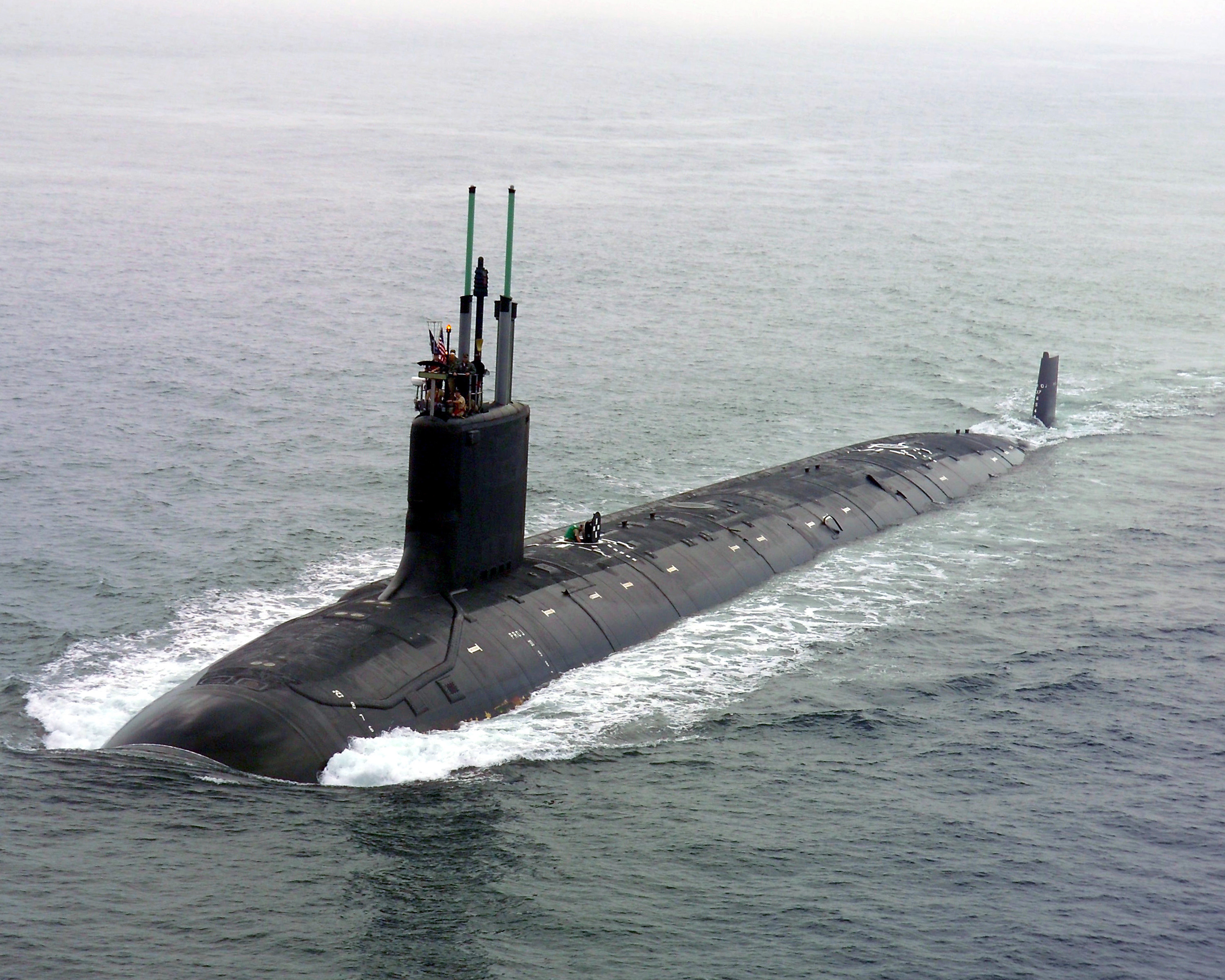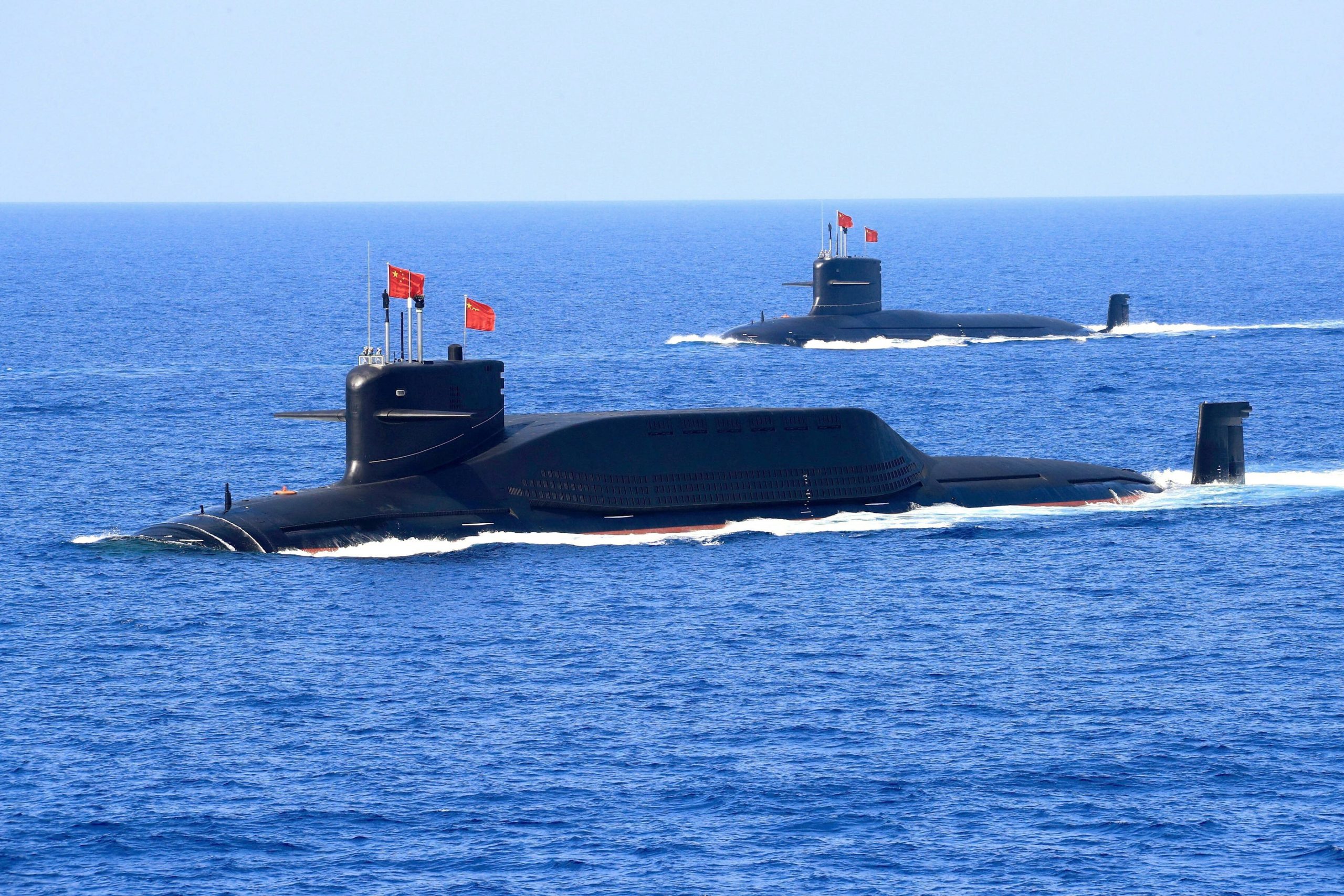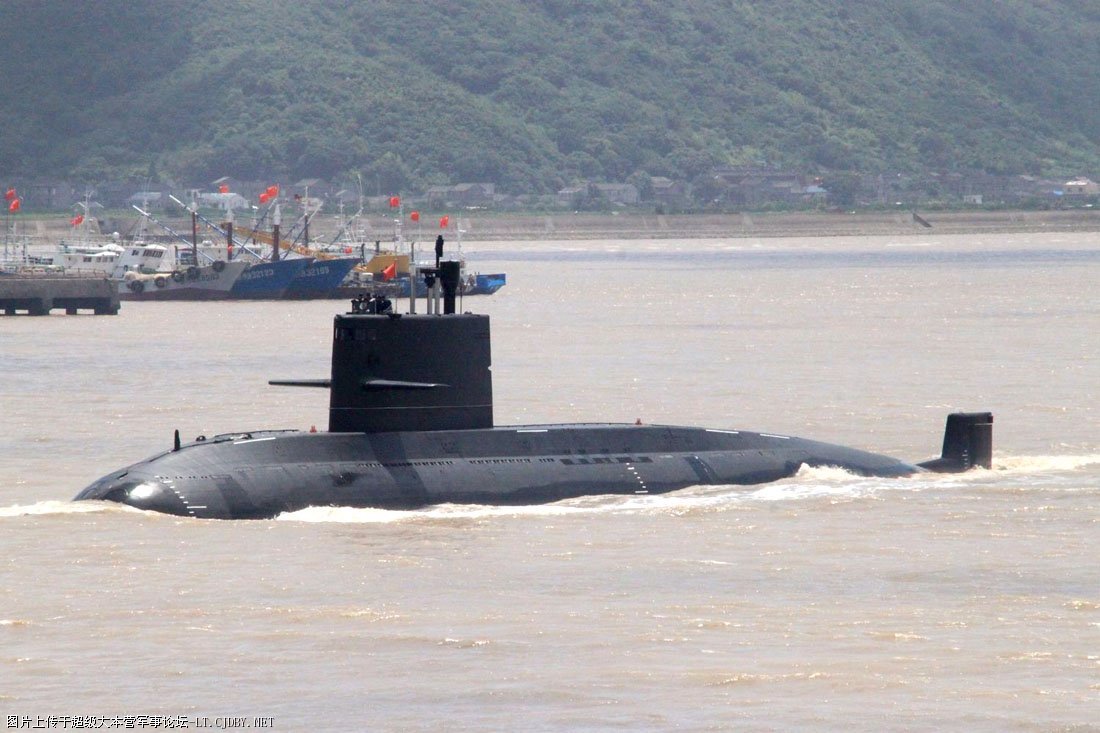OPED By Loro Horta
Under the AUKUS agreement, Australia is expected to build 8 nuclear attack submarines with American and British assistance, in part to counter China. Australia’s SSNs when operational could become vital reinforcements to the 14 US SSNs in a potential conflict with China. However, China is not sitting idly and is getting ready to confront its adversaries.
With 80 submarines, the Peoples Liberation Army Navy (PLAN) has the highest proportion of submarines in relation to surface vessels than any other navy.
While the PLAN has about 67 conventionally powered subs, its nuclear attack submarine force remains rather small, at 6 ships. At a time when Australia is investing in nuclear attack submarines, China is focused elsewhere. Why is China not so enthusiastic about nuclear attack submarines, or at least for now?
Advantages Of Nuclear Submarines
SSNs have several advantages over conventional subs, which are usually electric diesel-powered. Nuclear attack submarines are faster, can dive deeper and have larger ranges of operations. As such they are much harder to detect and destroy than conventional submarines.
However, such vessels are much more expensive, costing on average 3 times more than conventional submarines, and technologically complex to build and maintain. Still, the proponents for SSNs argue that nuclear submarines are superior to conventional ones and the costs are worth it.
In the past decade, advances in conventional submarine technology have called into question some of the past assumptions concerning the advantages of nuclear attack submarines. Modern conventionally powered submarines are being equipped with diesel-electric engines with more advanced batteries that increase their speed and range.
Air Independent Propulsion (AIP) technology has made conventional subs stealthier. While conventional submarines cannot match SSNs in terms of range and speed, their stealth capabilities do not lag far behind.

The United States only operates nuclear-powered submarines, separated from the rest of the world by two large oceans and with military bases spread across the globe. The US navy needs nuclear-powered submarines because of their limitless range. SSNs are also used to escort American aircraft carrier battle groups as they traverse the vast expanses of the world’s oceans.
However, the PLAN’s immediate priority is to prepare for a possible conflict with the US Navy over Taiwan or in regional waters such as the South China Sea. Therefore, the advantages of SSNs are at least for now not that relevant for China.
For the PLAN, the range of SSNs is not terribly important during a conflict over Taiwan, for it’s the US Navy, which has to come all the way to meet the PLAN.
SSNs can dive deeper than conventional submarines. However, in the relatively shallow waters surrounding Taiwan and the South China Sea, such an advantage is questionable. When it comes to speed, modern conventional submarines can move quite fast within a small area of operations.
China’s PLAN To Counter US Navy
In a possible conflict over Taiwan, the 14 SSNs the US currently operates, not all deployed in the region, would have to get closer to the Chinese coast to support their surface fleet and hunt for Chinese submarines. As they get closer to the Chinese coast, the PLAN’s numeric superiority in submarines will be an enormous challenge.
While the PLAN’s submarine fleet will pose a formidable threat to the US Navy, its troubles are far from over. In recent years, China has been investing significant resources in advanced underwater sensors, sonar, and anti-submarine lasers technology to better identify and target US submarines.

The result is a growing “transparency” in the seas surrounding China. China’s ability to detect American submarines at great distances is improving by the day. China has deployed underwater sensors that allow it to monitor US submarine activity as far as Guam.
Last year, a Chinese underwater drone was washed off the Indonesian island of Selayar close to Northern Australia.
Anti-submarine mines have also received substantial attention from the PLAN and underwater drones to attack American submarines are under development. While these underwater drones seem to be in a developmental stage, the fact that China now has one of the most advanced drone industries in the world should worry the US.
Some analysts have gone as far as predicting that in the next two decades, anti-submarine warfare will be so advanced as to make the submarine redundant. While this remains to be seen, it is certain that new technologies are making submarine operations far more dangerous.

With their limitless range, Australia’s planned 8 SSNs could reach the waters around Taiwan fast and substantially reinforce American submarine forces. Once they reach their objective, it remains to be seen how useful they will be. The PLAN doesn’t seem to have any desire to fight a midway-type battle in the high seas.
China plans to fight the US and its allies closer to its shore where it has deployed thousands of missiles, drones, hundreds of modern fighters, advanced air defense systems, and where the waters are becoming “transparently” deadly by the day.
(The author is an academic and diplomat from Timor Leste. He is a graduate of the S. Rajaratnam School of International Studies (RSIS) Nanyang Technological University (NTU), Singapore, the Chinese National Defense University, the U.S. Naval Post Graduate School and the American National Defense University.)
Mail us at: etdesk@eurasiantimes.com




